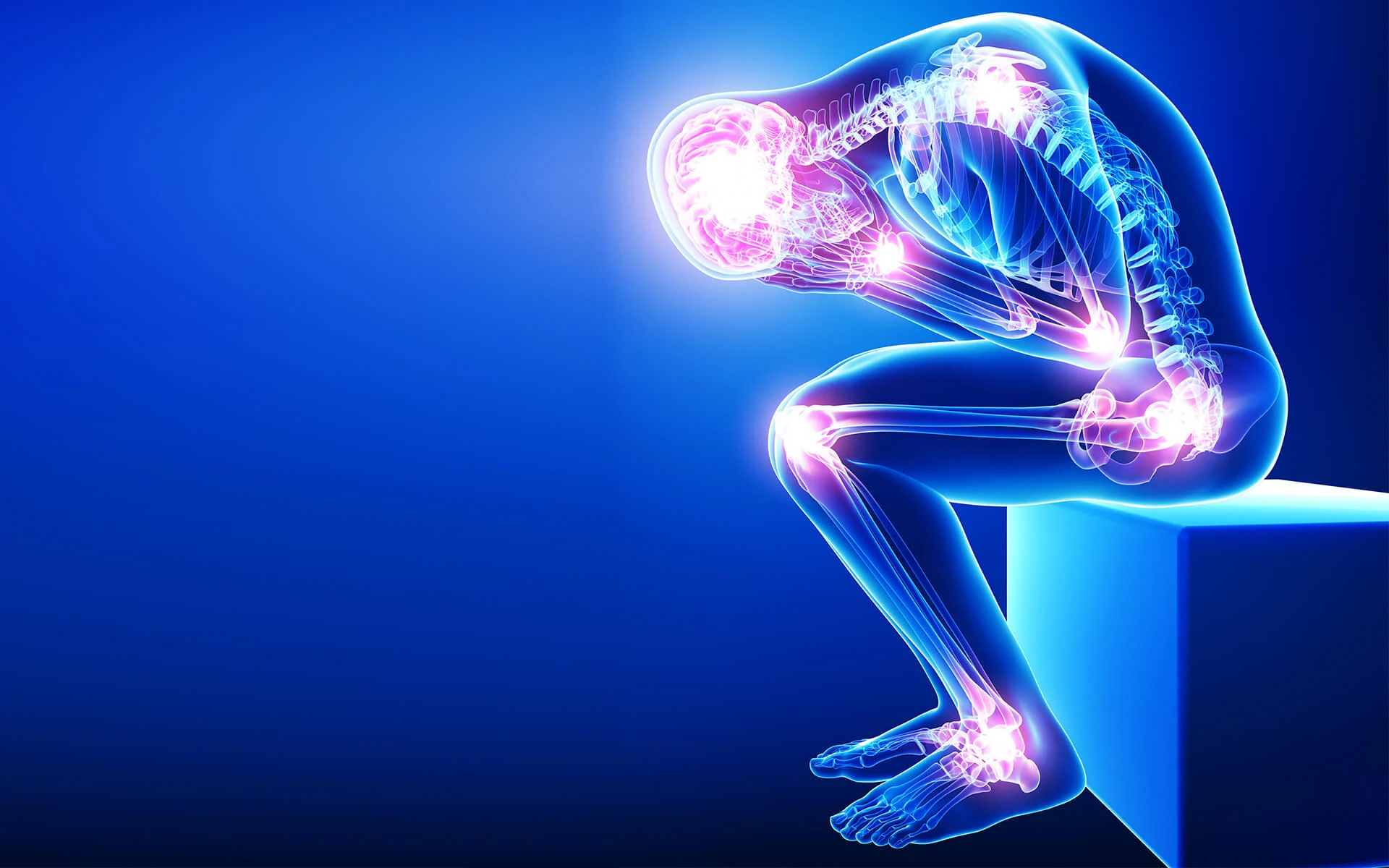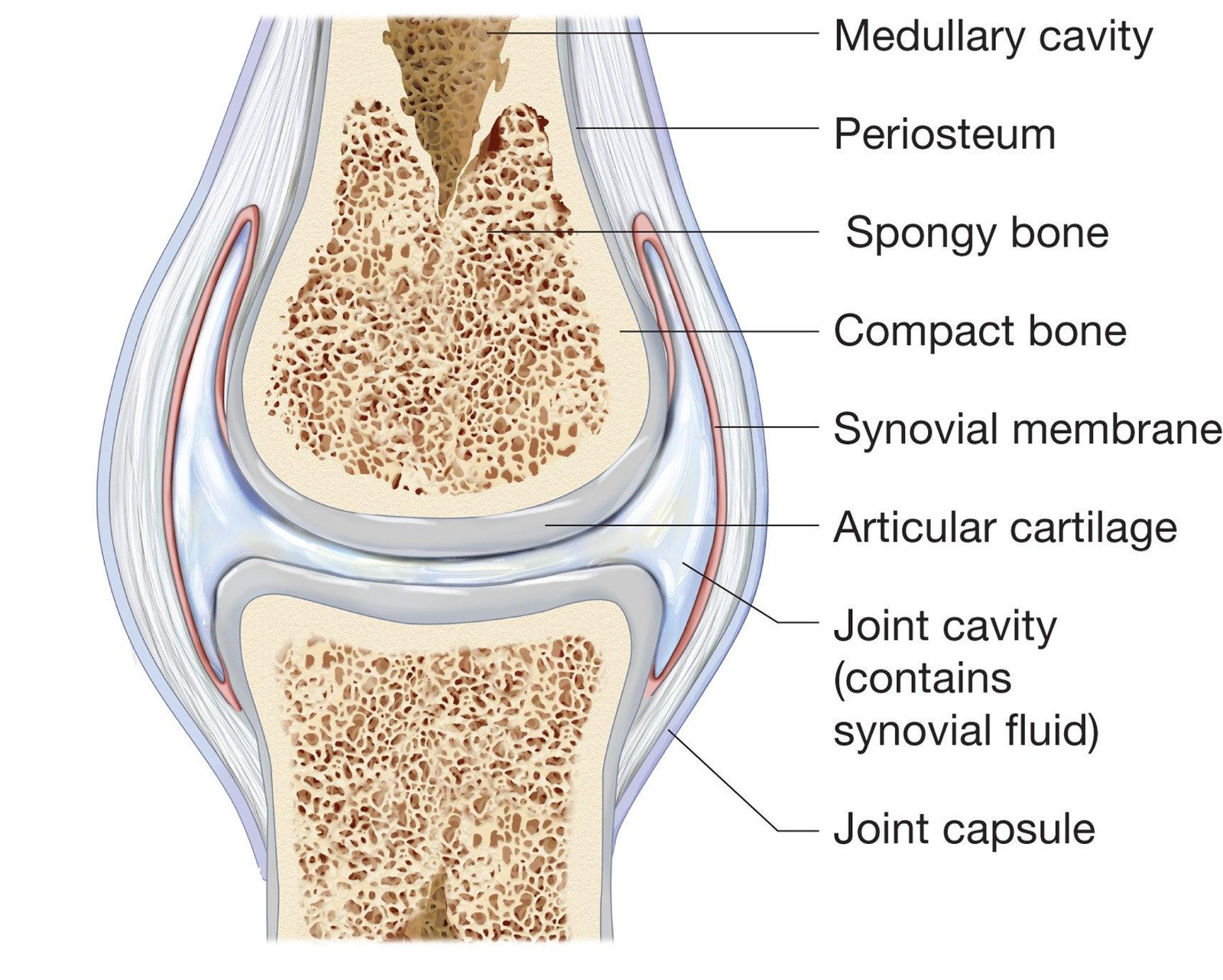Joint and Classification , function of joint- The course is designed for the basic understanding of anatomical structures and physiological functions of human body, musculoskeletal system, digestive system, respiratory system; cardiovascular system; urinary system, endocrine system, reproductive system, nervous system, hematologic system, sensory organs, integumentary system, and immune system. The aim of the course is to acquire knowledge and skills regarding anatomy and physiology.
Joint and Classification, function of joint

JOINT
Definition :-
A Joint is an articulation between two or more bones bounded by fibrous tissue (capsule & ligaments) and cartilage (also called an articulation).
Functions of joint
- Segmentation of skeleton.
- Allow various range of movements between the segments to make a man functional.
- Allow various amounts of segmental growth.
(Ref: Dr. M.A.H.M. Jafar, Fractures and dislocations, 2nd edition, P-5)
Classification of joints :-
Joints are classified structurally, based on their anatomical characteristics, and functionally, based on the type of movement they permit.

A. Structurally, joints are classified as the following types:
1) Fibrous joints. There is no synovial cavity and the bones are held together by dense irregular connective tissue that is rich in collagen fibers. The three types of fibrous joints are
- a) Sutures, eg: cranial suture
- b) Syndesmoses, eg: dentoalveolar jointand
- c) Interosseous membranes. eg joint between the radius and ulna in the forearm and between the tibia and fibula in the leg.
2) Cartilaginous joints. There is no synovial cavity and the bones are held together by cartilage. The two types of cartilaginous joints are
- a) Synchondroses, eg: An example of a synchondrosis is the epiphyseal (growth) plate that connects the epiphysis and diaphysis of an elongating bone and
- b) Symphyses, eg: the pubic symphysis.
3) Synovial joints: The bones forming the joint have a synovial cavity and are united by the dense irregular connective tissue of an articular capsule, and often by accessory ligaments. Accordingly, synovial joints are divided into six subtypes:
- a) Planar joints, eg: joints of carpals and tarsals.
- b) Hinge joints, eg: joints of knee and elbow.
- c) Pivot joints, eg joints of the radioulnar
- d) Condyloid joints, eg joints of metacarpophalangeal
- e) Saddle joints, eg joints of carpus and metacarpal of the thumb and
- f) Ball-and-socket joints, eg joints of the shoulder and hip.

B. Functionally, joints are classified as the following types (according to movement):
- 1) Synarthrosis(syn = together): An immovable joint. eg: cranial suture.
- 2) Amphiarthrosis(amphi = on both sides): A slightly movable joint. eg: vertibral bodies.
- 3) Diarthrosis (movable joint): A freely movable joint, eg: joints of limbs (all synovial joints).
(Ref-J. TORTORA, The essentials of anatomy and physiology, 8th edition, P-165-168)
Read more:
